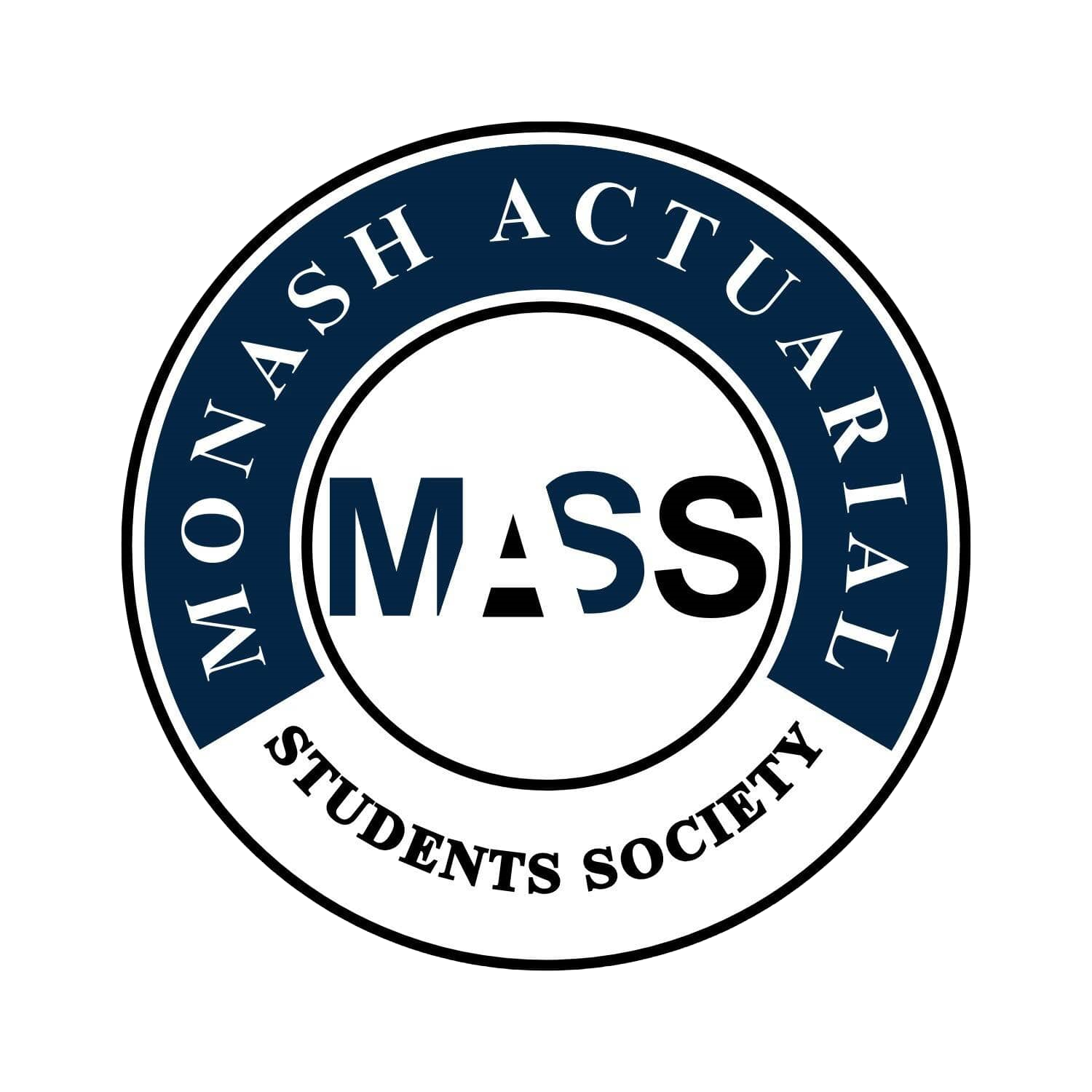ETC3460 / ETC5346 Financial Econometrics (Sem 1 2024)
Difficulty:
Year Completed: Semester 1, 2024
Prerequisite: ETC2410
(or ETC3440, or ETF2100, or ETW2510, or MTH2232, ETC2560)
Exemption:
CM2 Financial Engineering and Loss Reserving
ETC3420 (20%), ETC3460 (25%), ETC3520 (55%)
Weighted average of 70% required. Minimum of 60% required for
each unit.
Mean Setu Score: 79.57%
Clarity of Learning Outcomes: 81.6%
Clarity of Assessments: 80.6%
Feedback: 77.8%
Resources: 77.2%
Engagement: 82.8%
Satisfaction: 77.4%
Subject Content:
Lecture(s) and Tutorial(s):
Textbook(s):
Assessments:
Financial asset returns and their statistical characteristics, Co-movements of financial data, Mitigating risk, Asset pricing models, Efficient market hypothesis and implications, Modelling predictable returns, Modelling volatility (ARCH), Modelling volatility (ARCH/GARCH), Modelling asymmetry in Volatility, Multivariate volatility.
1 x 2 hour lecture
1 x 1.5 hour tutorial
N/A - The lecture notes are very detailed
Weekly Questions (weeks 2-11, using best 6 quizzes): 6%
Group Assignment 1: 20%
Group Assignment 2: 14%
Final Exam: 60%
Comments
The unit is an important unit that covers fundamental concepts regarding volatility modelling and how to estimate volatility. The unit is moderately challenging, but the instructors and tutors deliver the material effectively. The content is immensely valuable for modelling stock returns. While the statistical theory of the models were covered in the lectures, it's implementation and estimation was carried out in the tutorials.
The lectures were often engaging and are very important as the lecturer covers topics beyond the lecture slides. The lectures consisted of a good balance of theory and example, however was more theory based. The lectures could be math heavy at times, with derivations done on the lecture slides during the lectures. As such, attending live would be beneficial to clear doubts and understand the concepts well. The examples used in the lecture were usually used to consolidate the theory covered. The lectures were fully recorded and uploaded to Moodle.
The tutorials are very technical, focusing on the application of the theory learned in lectures. They use real datasets of stock prices for analysis, fitting models, and forecasting returns and volatility. The tutorials include multiple hypothesis tests, forecasting exercises, and modelling using Eviews, expanding on subjects discussed in lectures and providing additional material not included in the lecture slides.
Group assignments are written in a test based format in Part A of the assignment were the group is required to answer questions about data provided, Part B was a group task to provide a portfolio of stocks and analysis. The tutors were very generous with the help they provided in their consultation session, it is essential to double check the group assignment with a tutor to recieve high marks. Quizzes in each tutorial motivated students to attend classes, it was compulsory for students to be inside the class to be able to attempt the quiz as they take attendence and marks for the quizzes were only released at the end of the semester. The questions in assignments are more challenging than those in tutorials and rely heavily on the use of Eviews.
The exam structure is similar to the 2023 exam, focusing mainly on ARCH and GARCH modelling and interpreting Eviews output, with some higher-order mathematical derivations. The closed-book exam tests students' ability to remember and apply the knowledge taught throughout the semester. To do well, students need to practice derivations, and spend significant time understanding the content and learning the functional form of different models. Only 1 practice exam was provided.
To do well in this unit, you have to be on top of the content every week. It is advisable that students practice every single derivation carried out in the lectures and tutorials because they may appear in the exam. As the exam is on campus and closed book, hence students should spend a great amount of time understanding the content and learning the functional form of different models
General Overview:
Lectures:
Tutorials:
Assessments/Other Assessments
Exams
Concluding Remarks

